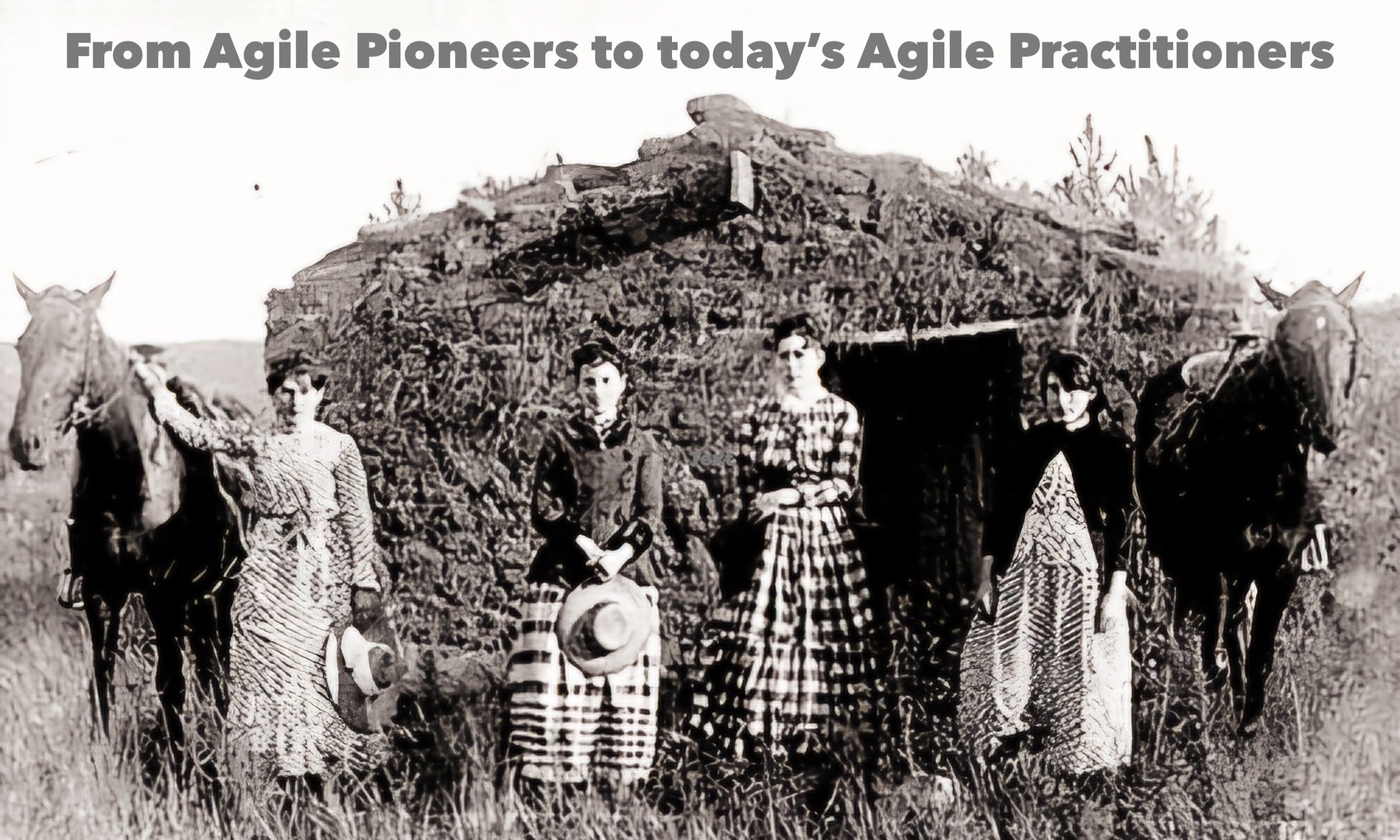Agile: How practitioners have changed from the pioneers to today
Many have already explored the trajectory of Agile adoption, the changes in sentiment toward Agile, and the recent challenges.
This is a new look at how the population of Agile practitioners changed over time.
Manifesto co-author Jim Highsmith described the trajectory of Agile adoption from the 2001–2004 Rogue teams, 2005–2010 Courageous Executive, and 2011–2021 Digital Transformation.
Real Options and Feature Injection creator, and BDD contributor Chris Matts, described the changes of sentiment toward Agile through the bell curve of the Diffusion of Innovation, from the age of innovators to the crossing of the chasm, up to the laggards.
Book author Daniel Mezick put the spotlight on the exploitative Agile Industrial Complex and the toxic effects of its Agile Imposition.
Here I would like to look at how Agile practitioners’ population changed from the 90s up to when Agile crossed the chasm around 2010, inspired by a conversation with Paul Eastabrook.
The age of pioneers
Agile pioneers were computer programming geeks from the personal computing revolution.
Computer programming was their passion. Their mastery in computer programming turned later into a profession, fulfilling their need for self-esteem and self-actualisation.
They were leading the way in the nascent Software industry shaping and inventing a new profession. Just like they will do during the mobile and the web and the Internet revolutions, the cloud revolution, and now the AI revolution.
In the late 90s, they faced a software industry in pain because software development was growing from an individual discipline into a complex team discipline, organisations of the time were not ready for it, therefore too many software development projects were failing.
At that time Agile pioneers thanks to their curiosity were natural innovators, and critical thinkers, with a continuous improvement mindset so they were best placed to search for new and better ways of doing things and keep improving.
Supported by their background they were constantly questioning the foundations of what they were doing in order to stand on solid ground to enable the next leap.
Because of their insatiable curiosity, these geeks always put progress over job security, they were rebels and natural change agents.
Their involvement in the 2000s in the new open-source movement made them experienced also in collaboration and co-creation.
The age of exponential growth
Later the software industry knew an exponential growth, as did the popularity of Agile after it crossed the chasm around 2010. This lead to a massive talent shortage.
Market demand and good salaries attracted a new diverse group of people willing to learn the ropes.
Unlike the pioneering geeks and rebels, many of these aspiring Agile practitioners were less inclined to question what they were taught and told to do and to have their beliefs challenged. Many had the legitimate desire and need for job security, which is something which change agents cannot enjoy, but they were not told about this.
Pioneering software developers and Agile pioneers used to do all the work from talking to customers to doing the analysis, design, development, testing and often support while taking care of the whole tech stack.
To facilitate the onboarding of new workers the role was unpacked into siloed roles each one taking care only of one aspect.
Basic training and certifications were put in place to make up for the lack of depth and breadth of experience in software development.
Overcomplicated prescriptive scaled frameworks were used to guide novice Agile practitioners with less hands-on experience.
What the new Agile practitioners have in common with the Agile pioneers tho’ is the desire to put people at the centre, teamwork, and the need for psychological safety.
Your reflections
Do these characterisations of the early and late practitioners match your experience?
What consequences do you draw from these characterisations?
Get in contact and let me know!

Elevate your Agility.
See how we can help.
You, your team, your organisation.
